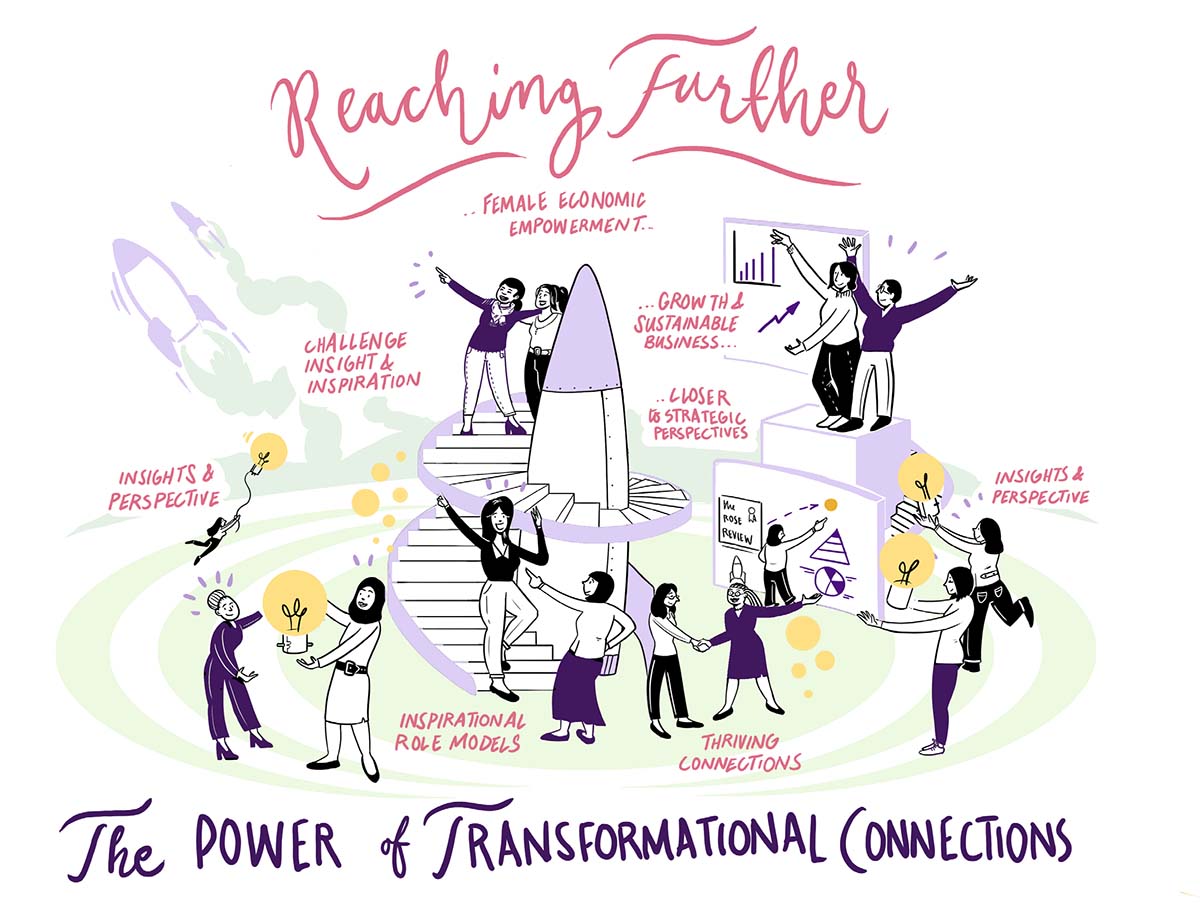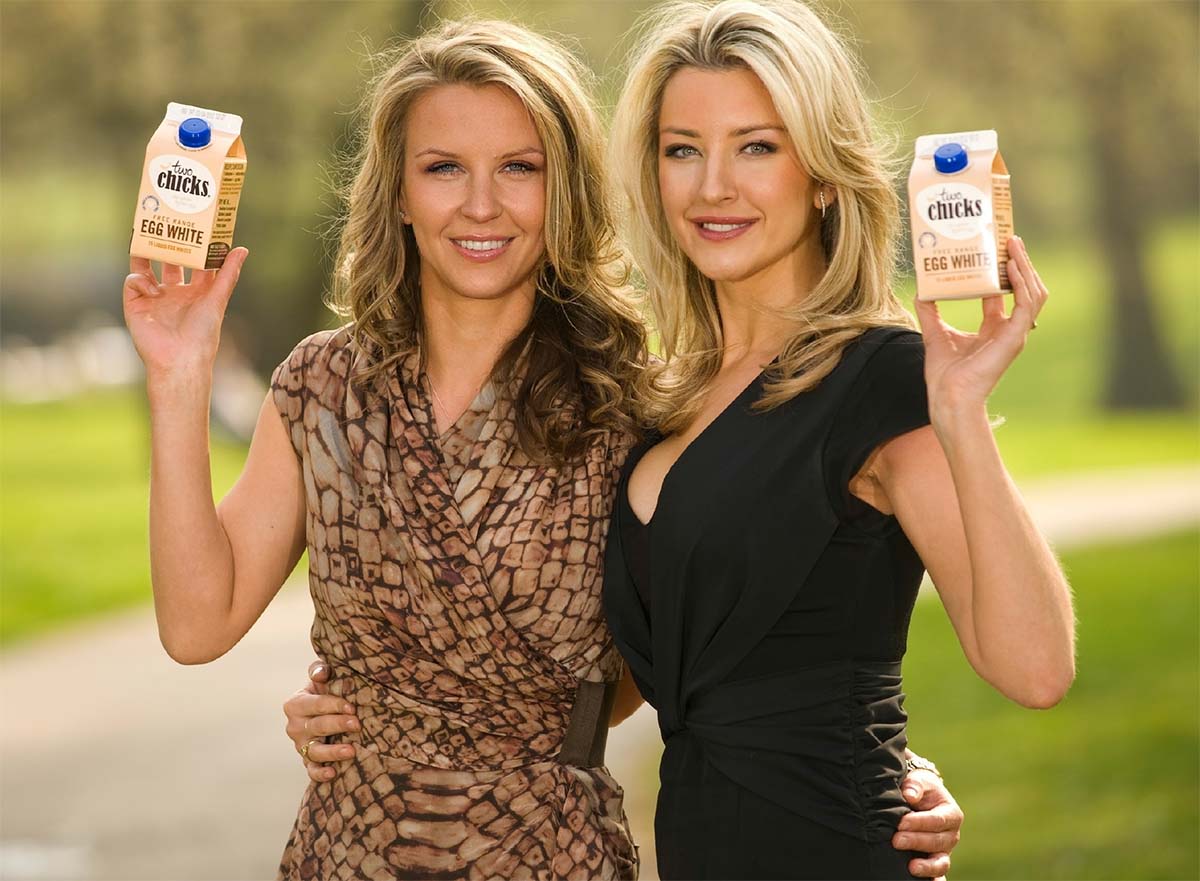
In the second edition of The Yoga Series we move from our steady Mountain into my favourite transitional move, the Swan Dive, to find ourselves in Uttanasana or Standing Forward Fold. More than any other group of postures, forward bends require surrender and patience. Flexibility cannot be achieved by force, only with patient persistence.
The physical aim of a forward bend is to stretch out any tightness in the tissues along the entire back surface of the body, from the connective tissue on the soles of the feet, to the back and up over your head to meet your eyebrows. That is a lot of blissful stretch and release! In doing so they reduce headaches and aid in deep, restful sleep.
Forward bends are also inversions with traction force drawing the vertebrae apart. This cycle of compression and decompression is what keeps the intervertebral discs lubricated and healthy and as such, Uttanasana helps to nourish the discs and is valuable to prevent disc degeneration and is beneficial for anyone already suffering from it.
On an energetic and emotional level, Swan Dive and Uttanasana can aid in emotional release as they help to access our parasympathetic nervous system, bringing us into a calmer, more introspective rest and digest state of being.

Swan Dive to Uttanasana
• From Mountain Pose breathe in and reach your arms overhead. Stretch the arms up as high as you can, palms facing each other while stretching and splaying the fingers and hands.
• While keeping arms stretched high, check in to make sure that your shoulders haven’t crunched up to the ears - consciously move the shoulder blades down your back to ensure your shoulders are relaxed. Feel the openness of the chest and take a couple of deep breaths to enjoy the lung space you have created.
• Stretch your feet and come to standing on your tiptoes, with arms still outstretched to the heavens. Tiptoeing around to find your balance is part of the fun and strengthens the ankles.
• Flatten your feet, tighten your abs, slightly bend the knees and sweep your arms to either side of your body while leading with the crown of the head into hinging forward from the hips. Hinge until you find your chest parallel to the floor. Be sure to hinge forward from the hips as opposed to folding from the waste.
Abdominals must be engaged to protect the lumbar area. We aim for a flat, comfortable back – watch out for over-arching!
If you have very tight hamstrings or lumbar area take as much bend in your knees as you need to be able to hinge forward at the hips, as opposed to rounding forward from the mid-back.
• You should now find yourself in an approximate 90 degree angled bend, arms reaching to the side, gaze down to the ground.
Check in on your neck. The back of the neck should be straight - do not compress the back of the neck by looking upwards!
• Now we look for that sweet spot - that feeling of the whole front torso simply hanging from the skeletal system, hanging from the spine, in this active yet partly passive move.
• Enjoy the hang and breathe.
• Now simply drop the arms and let them hang free.
• Draw your lower abdomen in and up as you fold all the way forward.
• Make sure that your weight is evenly distributed between your heels and your toes, as the tendency is to put more weight on your heels. If you feel uncertain about shifting your weight forward then keep a block in front of you for support.
• Allow the weight of the crown of your head to release to the ground to further release the whole back of your body. You can gently shake your head yes and no here to make sure you’re not holding unnecessary tension in your neck.
• Your arms can be placed with palms or fingers on the floor, on blocks, or it can also feel good to cross your arms beneath you. Whichever arm position you choose, keep a broadness to the collarbone and across the upper back.
• Slightly lift and lengthen your torso with each inhalation. Release deeper into the pose with each exhalation. Let your head hang.
• Hold the pose for up to one minute. To release, slowly roll upwards starting at the tailbone and moving upwards, vertebrae by vertebrae, stacking the vertebrae with the neck and head straightening last. Don’t rush this upward roll of the spine – take your time and enjoy the effects of your movements.




